Home>Ideas and Tips>Creating a Functional Mudroom with a Built-in Vertical Herb Garden
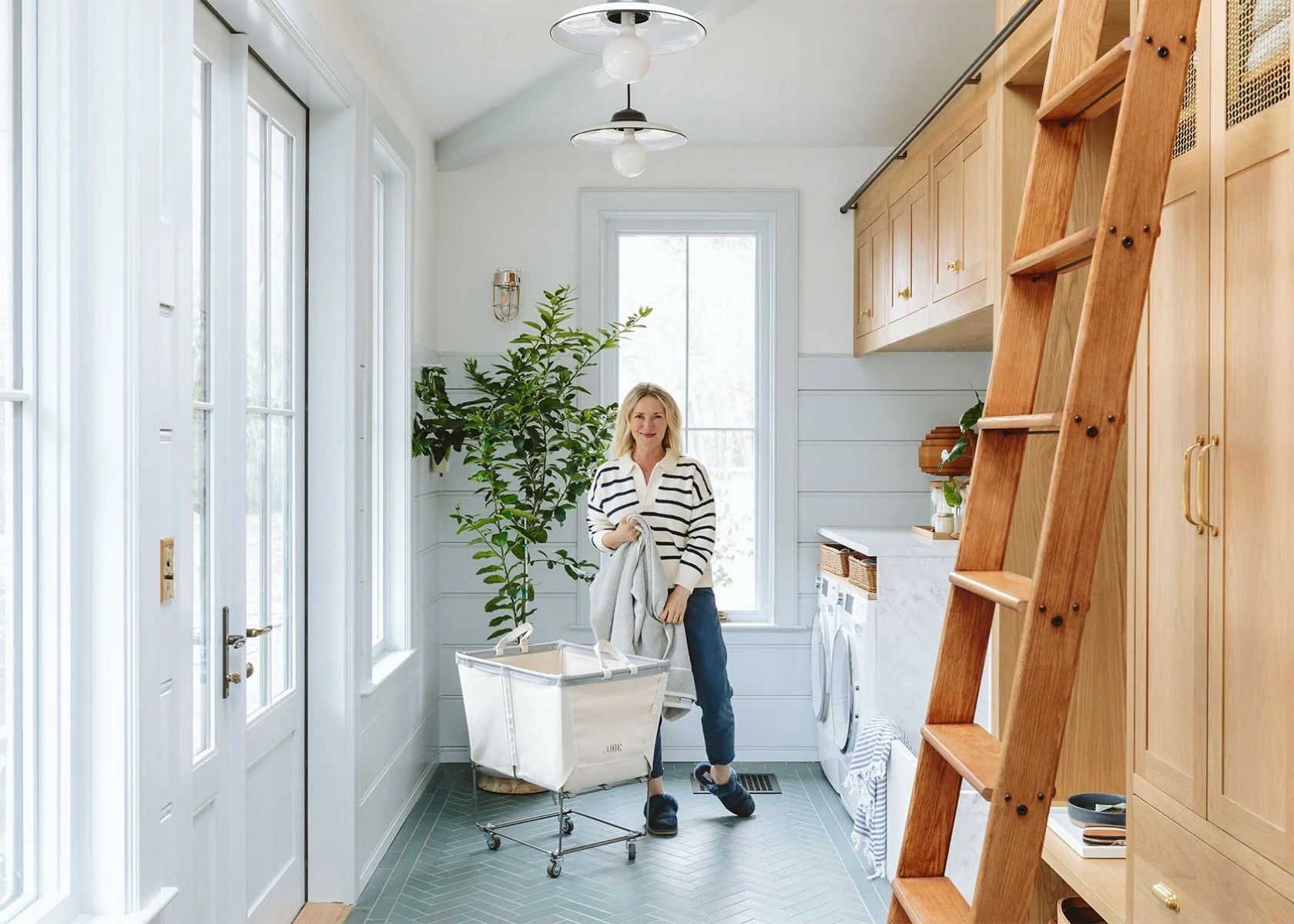

Ideas and Tips
Creating a Functional Mudroom with a Built-in Vertical Herb Garden
Modified: October 27, 2024
Transform your entryway with a functional mudroom featuring a built-in vertical herb garden. Enhance organization and style effortlessly.
(Many of the links in this article redirect to a specific reviewed product. Your purchase of these products through affiliate links helps to generate commission for Storables.com, at no extra cost. Learn more)
A mudroom is more than just a place to hang your coat and drop your keys. It's a crucial part of any home, serving as the first point of entry and a central hub for organizing daily essentials. For families, a well-designed mudroom can significantly enhance the efficiency and comfort of daily life. However, a traditional mudroom can often feel cluttered and disorganized, especially with the addition of seasonal items like boots and outdoor gear. To address this issue, incorporating a built-in vertical herb garden into your mudroom design can not only add aesthetic appeal but also provide a functional space that promotes organization and sustainability.
In this article, we'll explore the concept of creating a functional mudroom with a built-in vertical herb garden. We'll delve into the design considerations, practical tips, and creative ideas to help you transform your entryway into a harmonious blend of functionality and style.
What is a Mudroom?
A mudroom is essentially a designated space where family members take off and store their outdoor clothing, shoes, sunglasses, gloves, hats, pet accessories, and possibly sporting or walking gear. It acts as a "drop zone" for items you won't need once you're inside the house, thereby keeping them from being left in various spots throughout the home.
Designing a Functional Mudroom
To create a functional mudroom, you need to consider several key elements:
-
Storage Solutions: The primary function of a mudroom is to provide ample storage for shoes, jackets, hats, keys, and other daily essentials. This can be achieved through the use of cubbies, hooks, baskets, and shelves.
-
Organization: Effective organization is crucial in maintaining the cleanliness and functionality of the mudroom. This includes designated areas for specific items like boots, gloves, and sunglasses.
-
Durability: Since a mudroom is often subject to high foot traffic and varying weather conditions, it's essential to use durable materials that can withstand these elements.
-
Aesthetics: A well-designed mudroom should not only be functional but also visually appealing. Incorporating decorative elements such as plants, pillows, and rugs can enhance its aesthetic value.
Step-by-Step Guide to Designing a Functional Mudroom
-
Determine Board Lengths: Measure the space where you plan to install your cubbies or shelves. Decide on the length of each board based on the items you need to store.
-
Lengthen the Boards: If necessary, cut or extend the boards to fit perfectly into your space. This ensures that there are no gaps where items can fall through.
-
Make the Cubbies: Use wood or MDF to create cubbies with hooks for hanging jackets and baskets for storing small items like gloves and sunglasses.
-
Add Hooks: Install hooks of varying sizes to accommodate different types of jackets and coats. This ensures that every family member has a designated spot for their outerwear.
-
Incorporate Baskets: Use sturdy baskets with white cotton inserts for upper cubbies to store small items like gloves, sunglasses, etc. Add felt pads to the corners of the baskets to prevent them from scratching the paint.
-
Decorate with Plants and Pillows: Add plants and pillows to accessorize the space. You could also invest in a cushion that runs along the full seat of a bench, but ensure it's washable as it can get dirty quickly.
-
Use Washable Rugs: Place a washable rug inside the door to catch any remaining dirt or moisture. This helps maintain cleanliness and prevents dirt from spreading throughout the house.
-
Change with Each Season: Update your mudroom decor seasonally by adding twinkle lights, changing out plants for trees, adding seasonal pillows, and changing the rug.
Incorporating a Built-in Vertical Herb Garden
A built-in vertical herb garden is an excellent way to enhance your mudroom's functionality while adding a touch of greenery. Here’s how you can incorporate one:
Preparing the Shelving Unit
-
Choose the Right Material: Select a sturdy shelving unit that can withstand outdoor conditions if it will be placed near an entrance. If it will be indoors, you can opt for a more decorative material like wood or metal.
-
Prepare the Shelf: Sand the shelf using an electric sander to remove any chipping paint or rust. Use a Dremel with a sanding wheel for tight spaces that are inaccessible with the larger sander.
-
Paint the Shelf: Apply a light coat of spray paint with primer to protect the shelf from rusting and ensure longevity. Allow it to dry completely before applying additional coats if necessary.
Planting the Herbs
-
Select Herbs: Choose herbs that are easy to grow and require minimal maintenance. Some popular herbs include basil, rosemary, thyme, and parsley.
-
Prepare the Planters: Use planters that fit your vertical garden design. If they are not the same color, use white or beige spray paint to unify them.
-
Add Base Layer of Dirt: Add a base layer of dirt to each planter and remove each herb plant from its small pot. Gently loosen the soil around the roots and place each plant into the dirt where you wish it to bloom.
-
Arrange Herbs Visually: Arrange your herbs in each planter so that they are visually appealing. Add annuals in complimentary colors behind each planter for added beauty.
-
Label the Herbs: Label the herbs using a Silhouette or any other method that works for you. This helps identify which herb is which as they grow and change appearance.
Practical Tips for Maintaining Your Mudroom
-
Keep it Clean: Regularly clean the mudroom to prevent clutter from building up. Encourage family members to put away their belongings after use.
-
Seasonal Maintenance: Change the rug and update the decor seasonally to keep the space fresh and organized.
-
Use Vertical Space: Maximize vertical space by using wall-mounted hooks, baskets, and shelves. This keeps the floor clear and makes the room feel more spacious.
-
Incorporate Technology: Consider installing a smart lock or a charging station in your mudroom to make it more convenient for family members.
Creative Ideas for Enhancing Your Mudroom
-
Double-Entry Doorway: Consider installing a double-entry doorway to create a more spacious area. This can also help in maintaining better ventilation and reducing moisture buildup.
-
Solar Dehydrator: If you live in an area with extreme weather conditions, consider incorporating a solar dehydrator into your mudroom design. This can help process herbs, spices, and fruits for storage.
-
Work Space: Designate a section of your mudroom as a work space where family members can dry, sort, and package seeds or pamper potted plants.
-
Storage Room: Use the mudroom as a storage room for items that are out of season but still need to be kept. This keeps them out of the way but still accessible when needed.
Conclusion
Creating a functional mudroom with a built-in vertical herb garden is not only practical but also aesthetically pleasing. By incorporating durable storage solutions, effective organization systems, and decorative elements like plants and pillows, you can transform your entryway into a harmonious blend of functionality and style. Remember to maintain your mudroom regularly and update its decor seasonally to keep it fresh and organized. With these tips and creative ideas, you can create a mudroom that not only serves as a drop zone but also enhances the overall comfort and efficiency of your home.
References: Organized Home. The Streamlined Entryway: 25 Favorites (Smart Storage Included). Published September 7, 2022. Sweet Valley Acres. How to Design a Functional Mudroom Loaded with Style Published January 17, 2025. Shop at Blu. How to Create a Vertical Patio Herb Garden. Published April 13, 2022. Permaculture News. The Mud Room: Stacking Functions in Design. Published August 6, 2020. HGTV. Mudroom Design Ideas.
Was this page helpful?
At Storables.com, we guarantee accurate and reliable information. Our content, validated by Expert Board Contributors, is crafted following stringent Editorial Policies. We're committed to providing you with well-researched, expert-backed insights for all your informational needs.

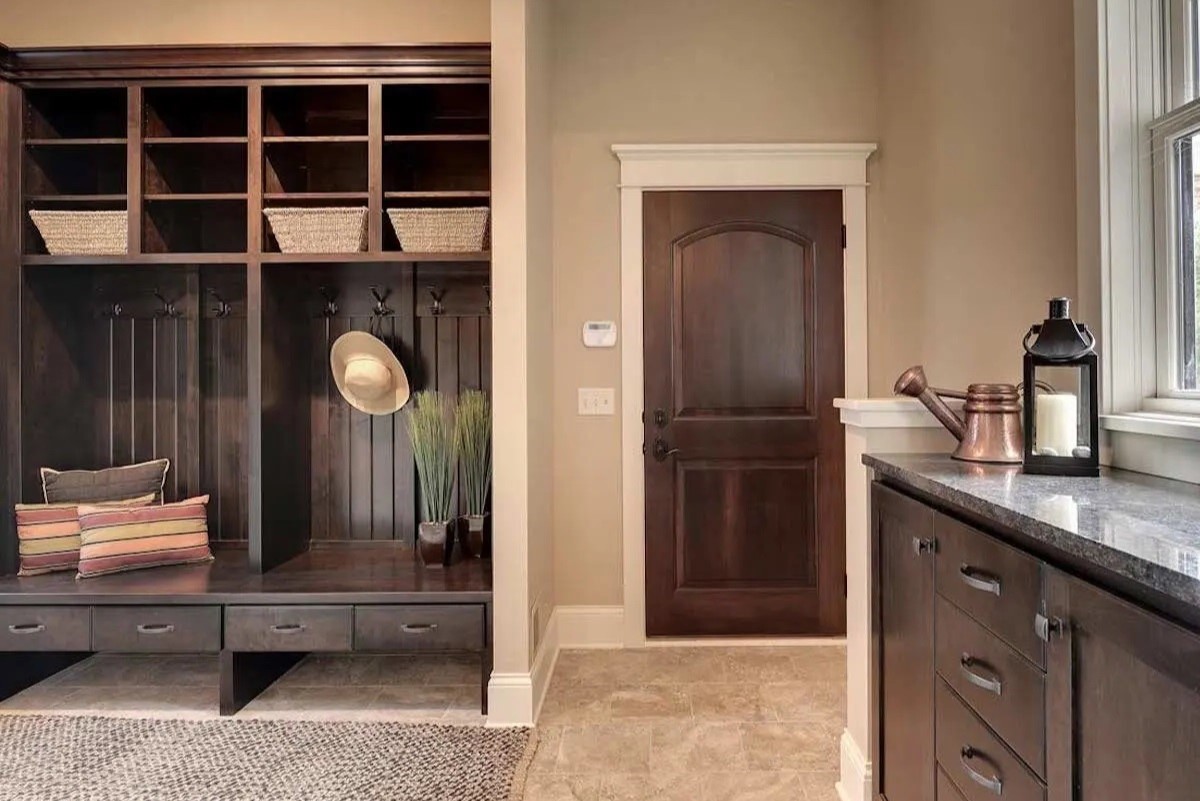
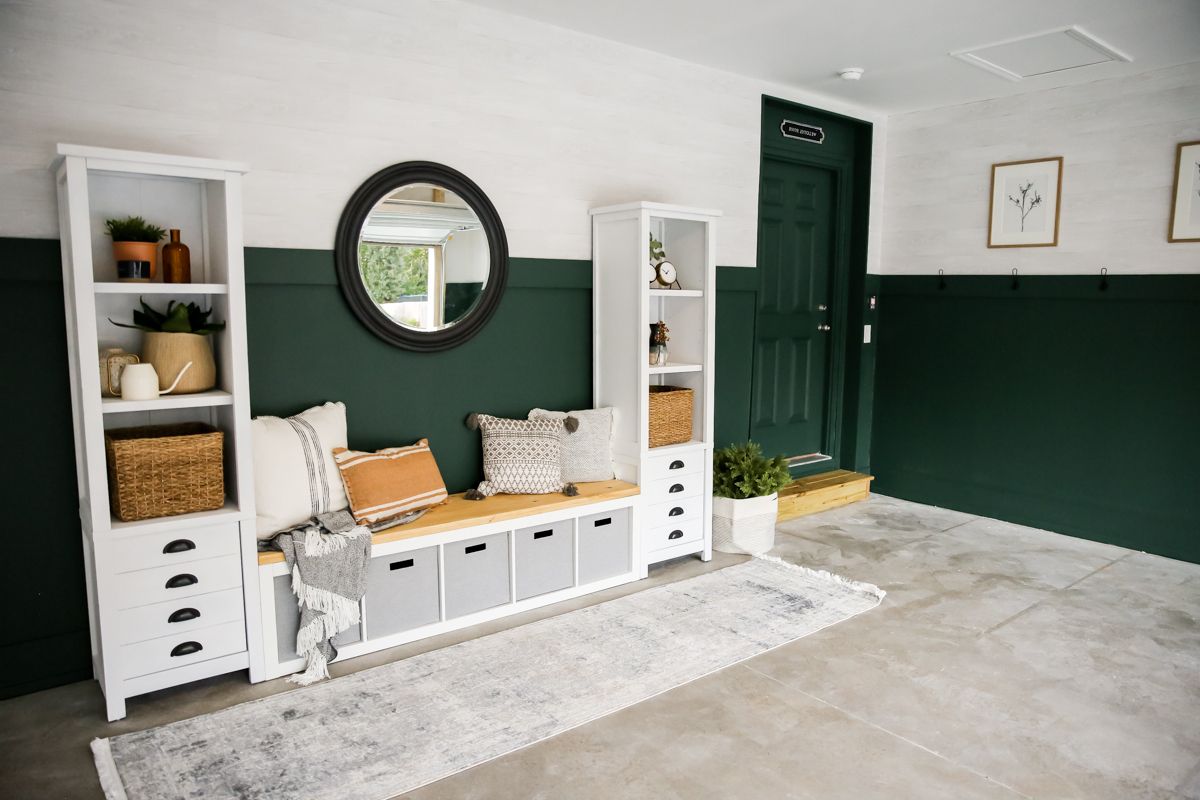
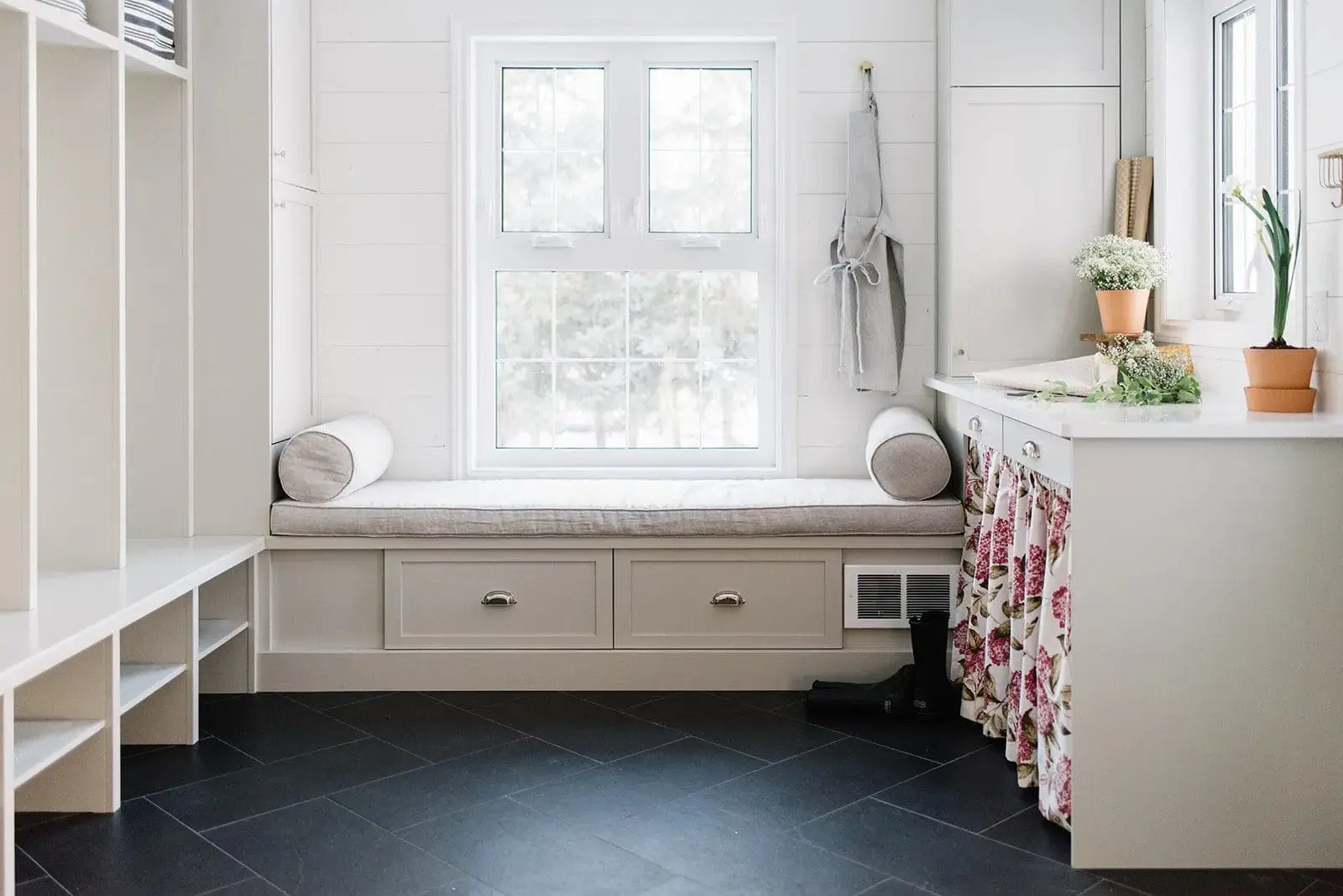
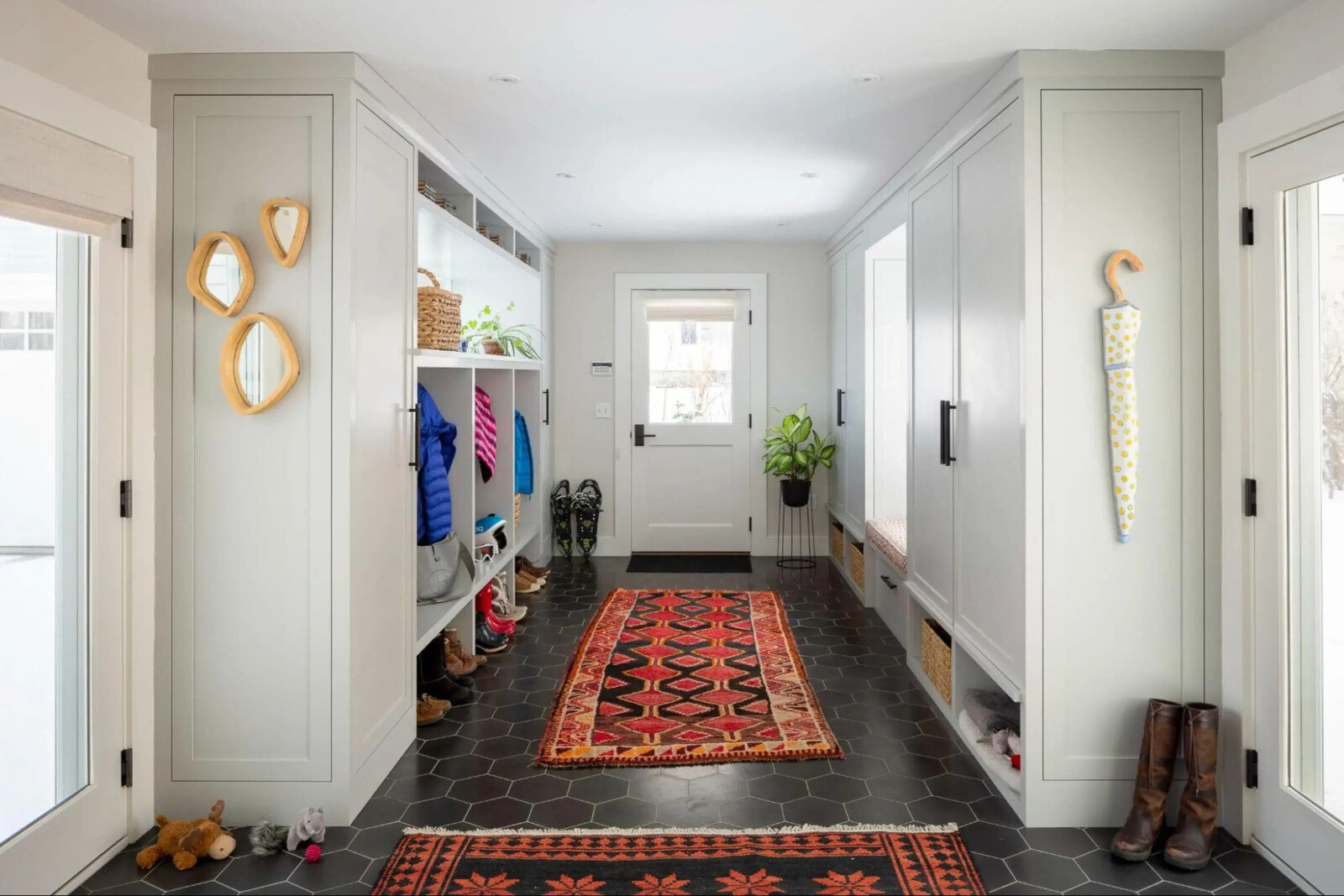
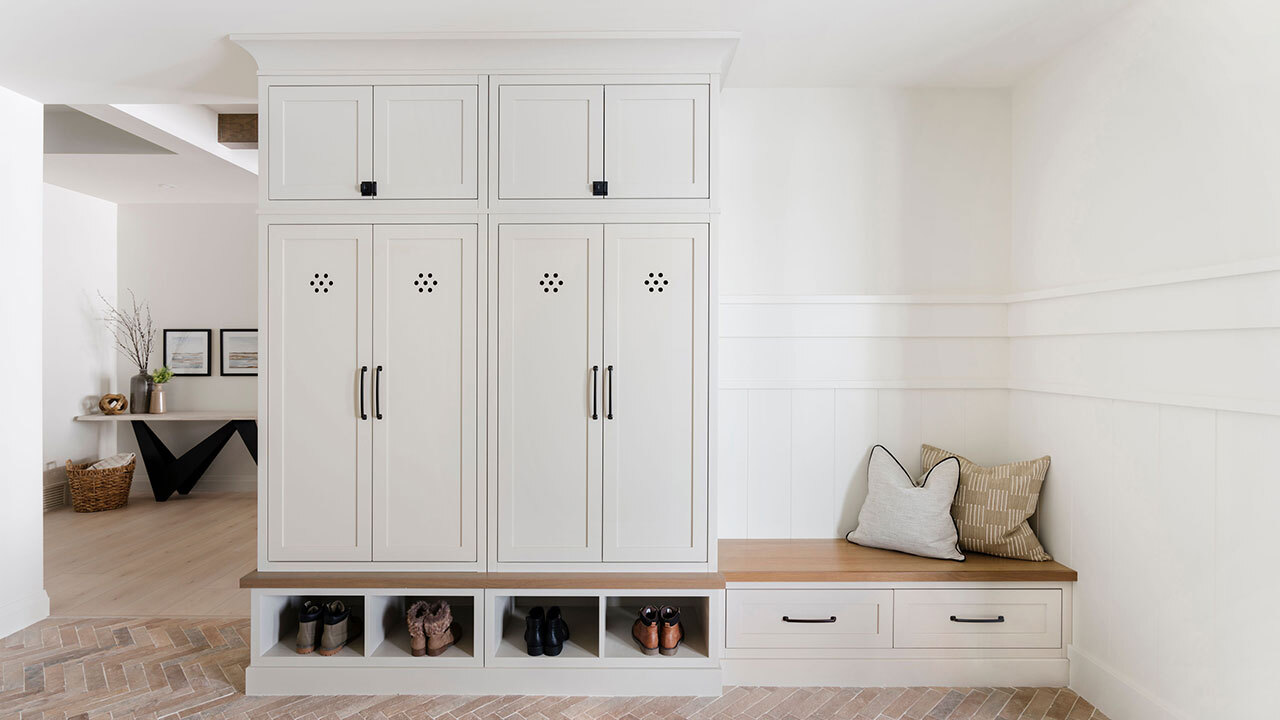
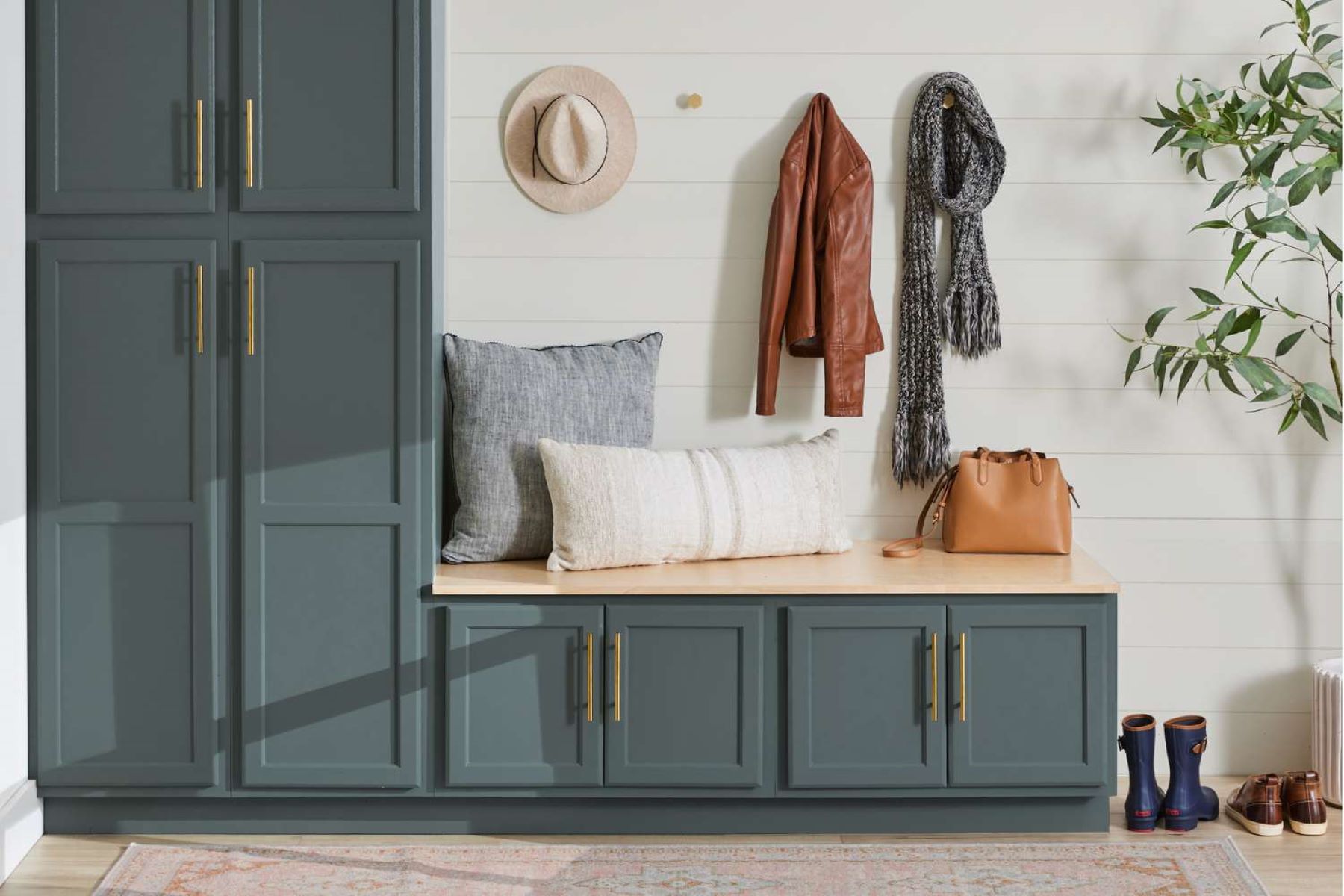
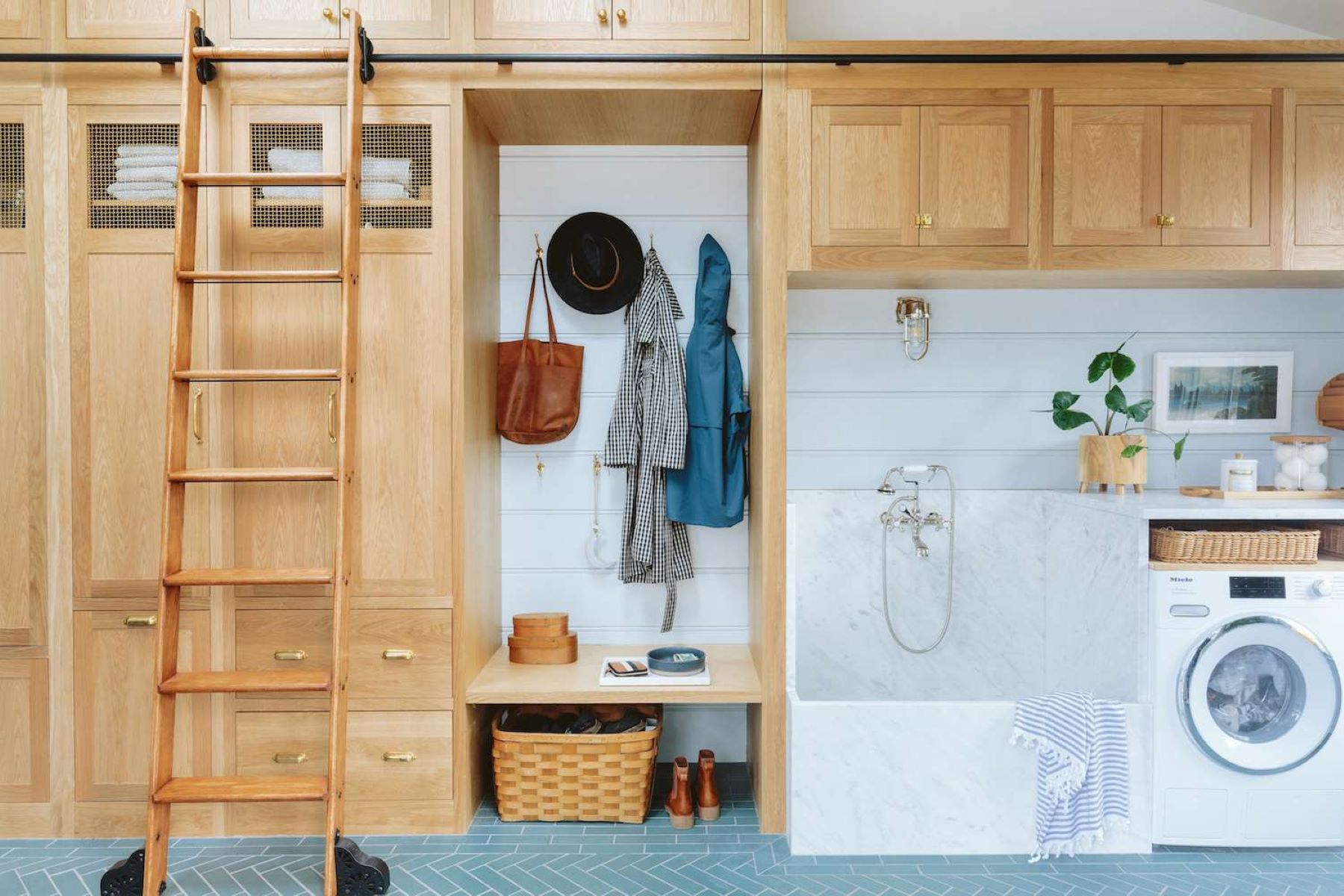
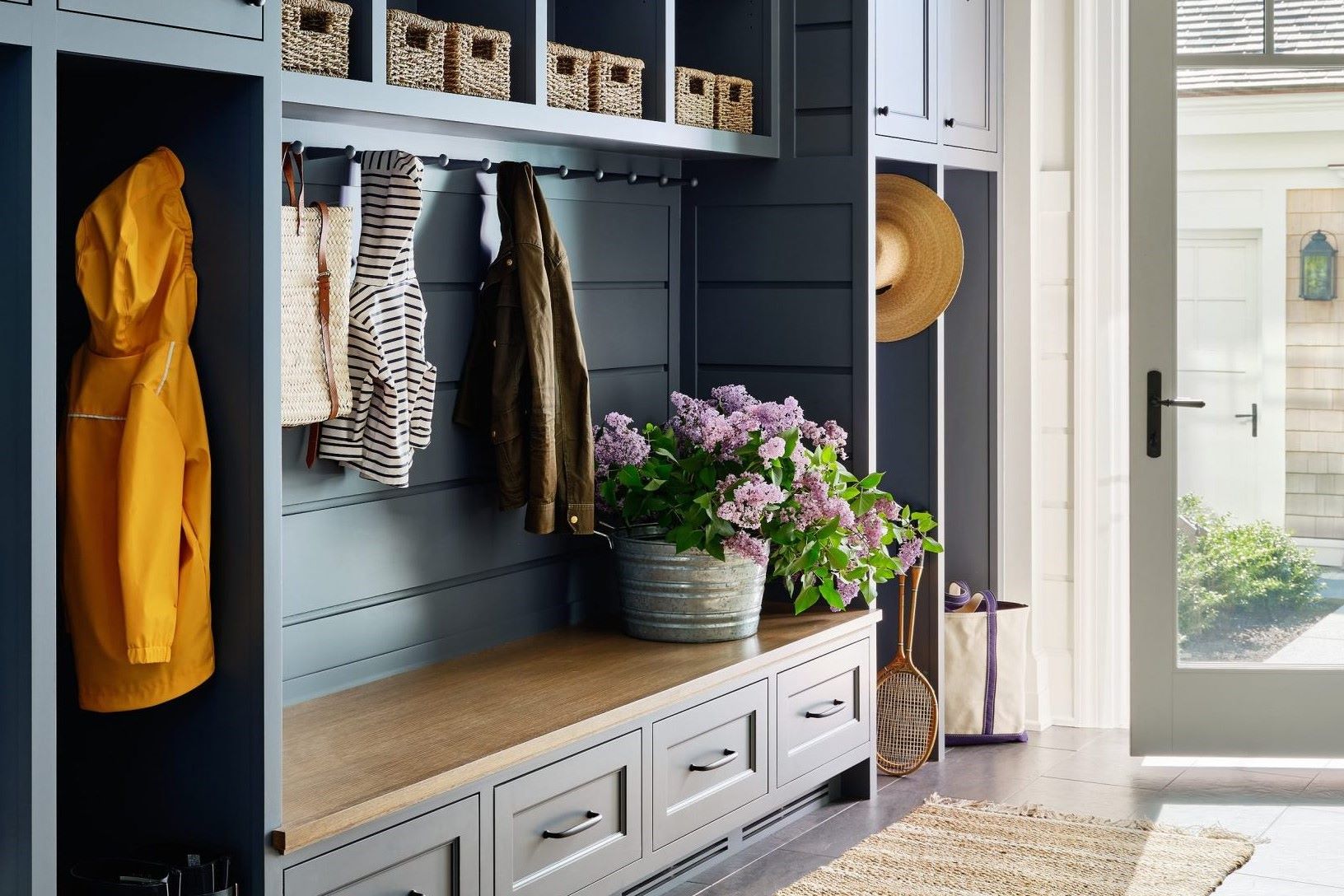
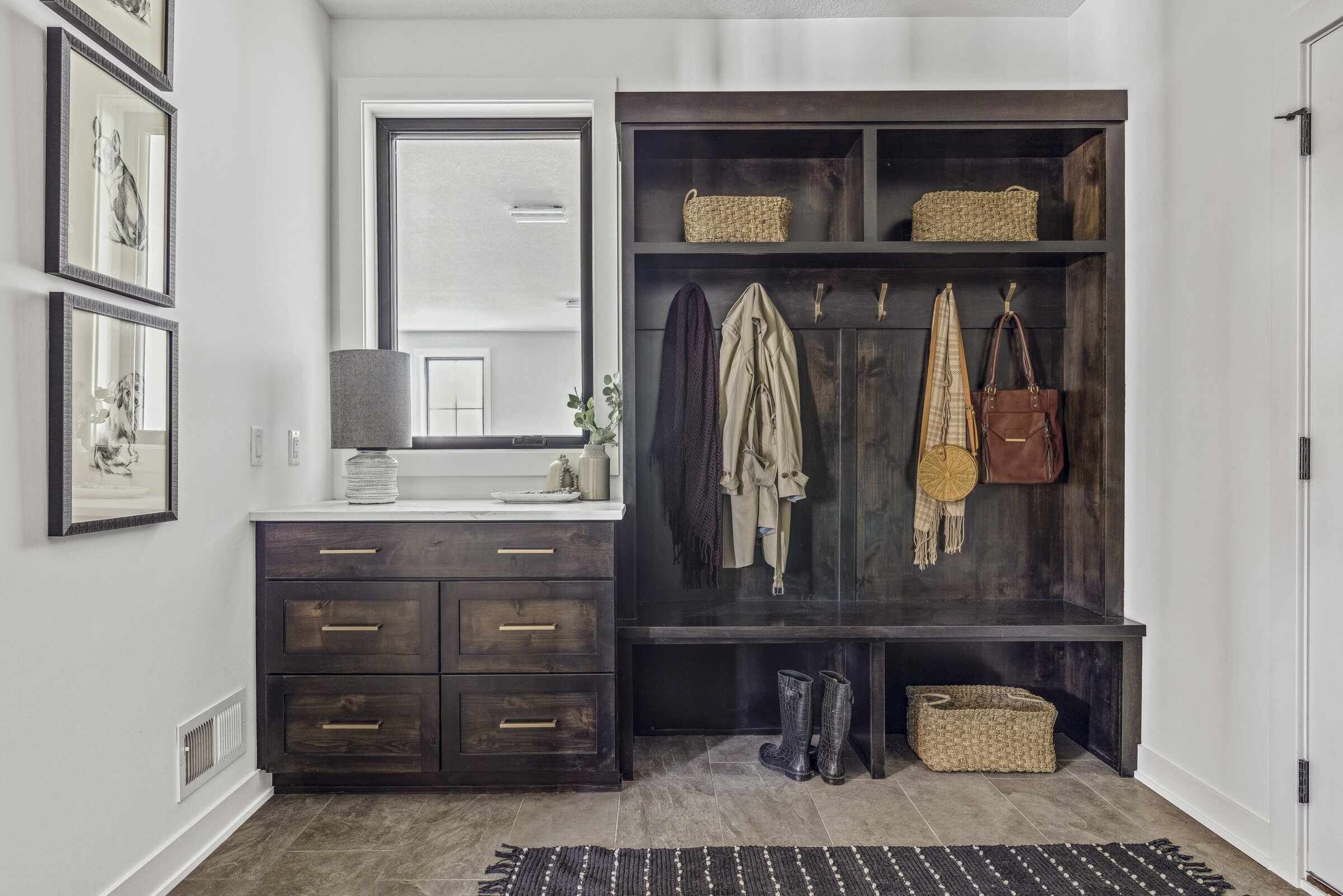
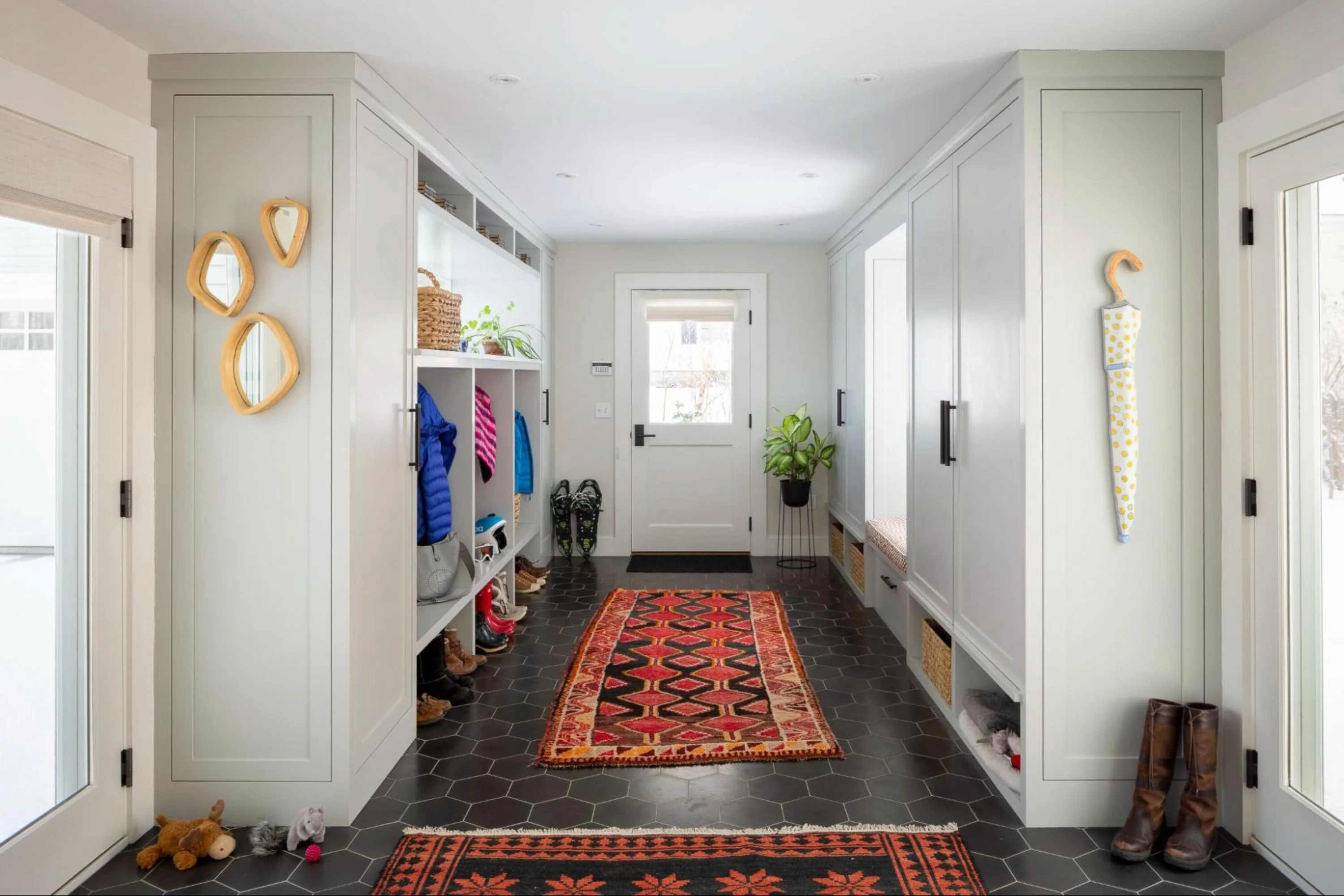
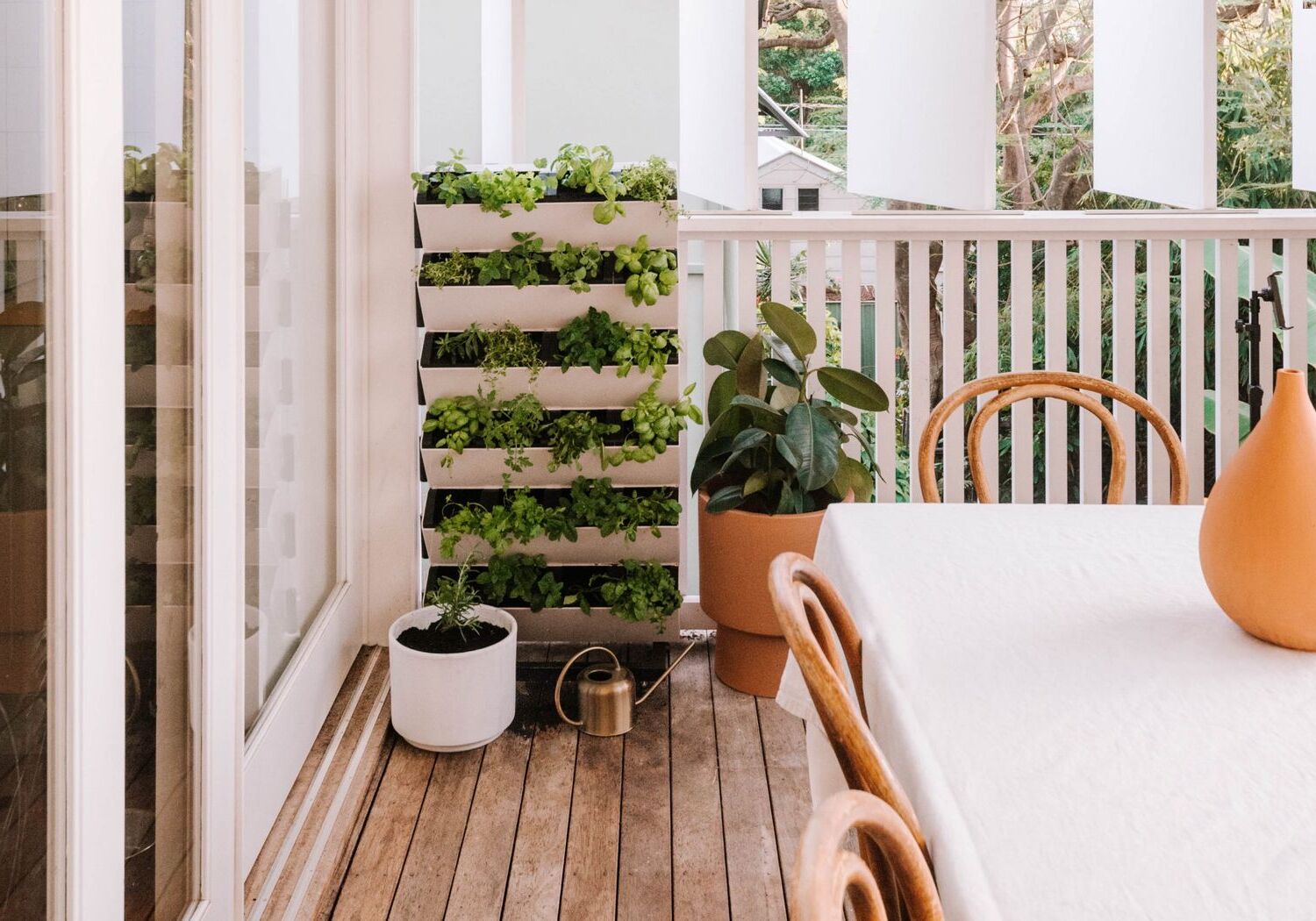
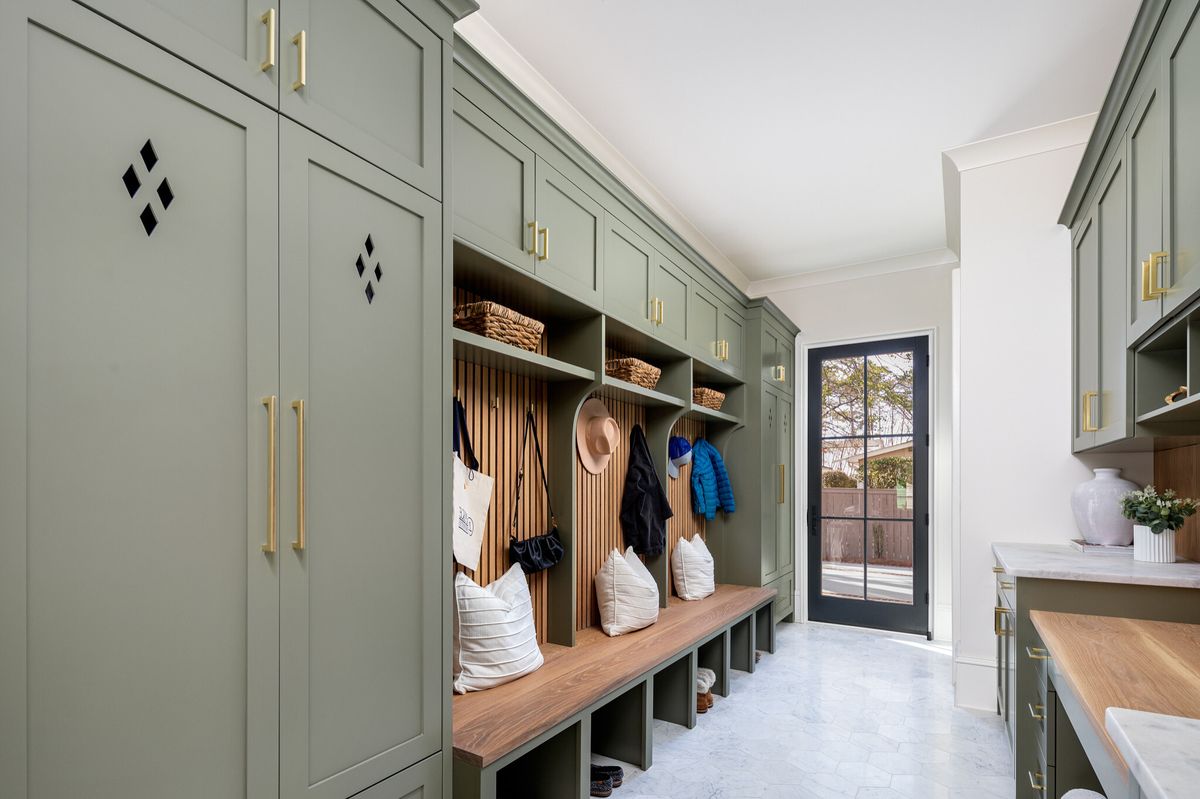

0 thoughts on “Creating a Functional Mudroom with a Built-in Vertical Herb Garden”